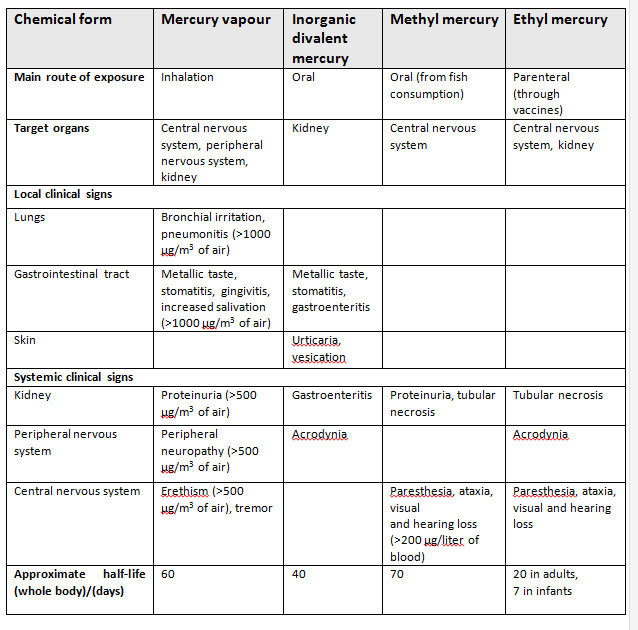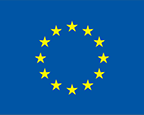Human exposure in the Arctic
Exposure to POPs
There is concern that climate change will affect the human exposure, especially in Arctic and Antarctic regions. Climate change will influence the environmental fate and behaviour of POPs; in that some areas get increased concentrations of POPs, while other areas will have reduced concentrations. Several places have local exposure to contaminants e.g. through old storage facilities of PCB oils from military complexes and industrial waste (AMAP, 2009). The environmental processes, concerns for exposure, effects and policy issues have been thoroughly discussed in several AMAP reports (AMAP, 2004, 2009, 2011). Declining concentrations of POPs and heavy metals in humans have recently been reported form the Russian Arctic (Rylander et al., 2011).
Exposure to mercury
Globally transported mercury can be accumulated in the Arctic due to the environmental conditions. The Arctic is cold, ice and snow covered and has extended periods of darkness. In addition, Arctic human populations rely on “traditional diets”. This has resulted in a paradox whereby, despite generally low concentrations of contamination in air, soils or water, the Arctic population consume food with high accumulated concentrations of methylmercury. Methyl mercury is more toxic than inorganic (mercuric and mercurous) mercury forms.
Concentrations of mercury in ambient air are generally too low to give any health effects for humans. The concern over mercury in the environment is primary related to its potential of being transported over long distances by air or water currents. A small portion of the mercury is converted to methylmercury, which bio-accumulates in food webs at concentrations that can be dangerous to organisms, including humans, see table below. Consumption of local marine fish and marine mammals is the major source of methylmercury exposure to humans. However, concentrations of Hg have declined to 50 percent in human populations over the past 8-15 years in the Canadian Arctic. These declining concentrations are an effect of global agreements to reduce emissions, international regulations and local public health information campaigns.
Hair represents a good biomarker of Hg exposure since it accumulates organic Hg from blood. Mercury concentrations in blood is mainly in the methylated form (MeHg) and represent both recent dietary exposures, and release of stored sources (e.g., MeHg in muscle, liver).
Among the cohorts studied in ArcRisk, people from the MISA study (Northern Norway) and North-Finnish people appeared to have lower Hg exposures compared to people from Greece.






















